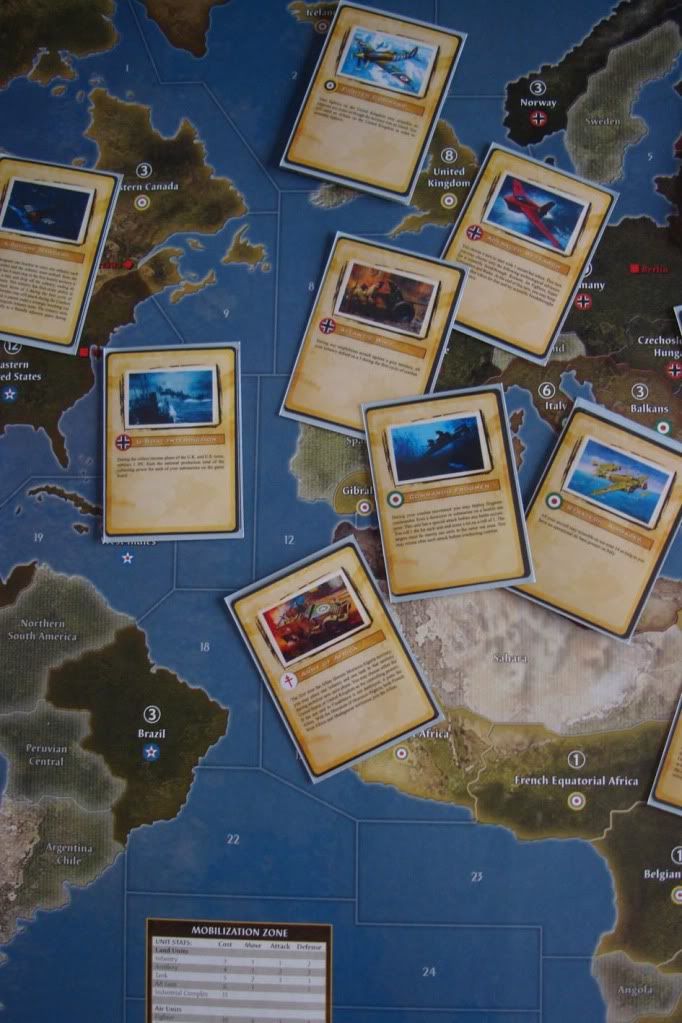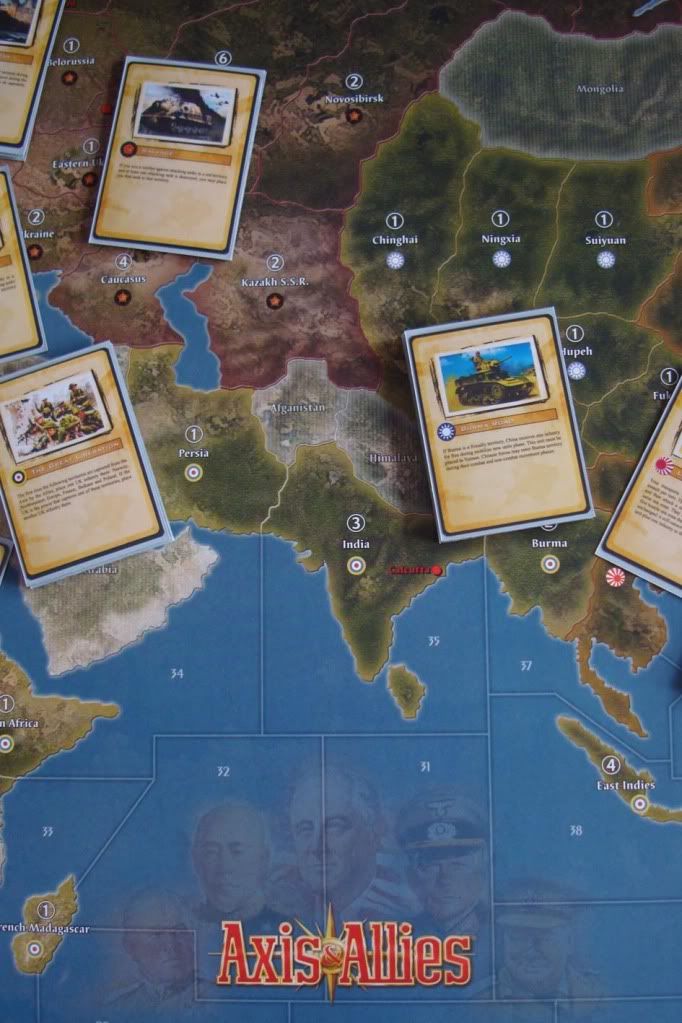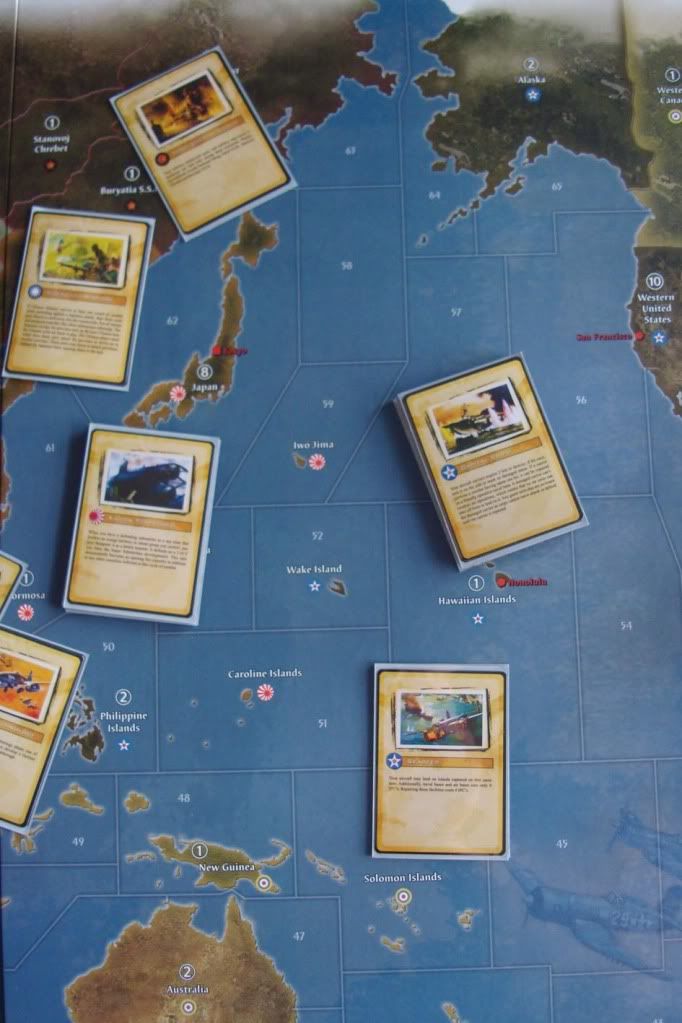Hi everyone,
I have been enjoying using these unique units for 1942 Second Edition Tournament Rules.
Russia:
Cavalry c3/a2/d1/m2, can Blitz. Max 5 on the board at any time.
Purpose: Allows Russia some more attack power. Sometimes it is really difficult to buy tanks with the USSR’s limited income but you need still need the ability to move 2. Since they defend at 1, they won’t make the final battle for Moscow any more difficult for Germany. This unit adds some interesting attack possibilities especially if Russia has a decent air force.
HBG has some pretty sweet cavalry sculpts and they have colors that match nicely with the OOB sculpts.
Germany:
Maus Tank c8/a3/d3/m2, 2HP, can Blitz. Max 5 on the board at any time. Can only be built after Round 4. Repairs for free if it starts its turn on a friendly IC.
Purpose: Gives Germany another hard hitting unit. This one is mostly for fun and I don’t think the stats are very overpowered since I’ve put a limit of 5 on the board at any time. I also wanted to give Germany a bonus since I gave Russia Cavalry.
HBG has a Maus tank sculpt I use. I think Germany only built like 4 of these tanks irl but they’re fun to have in the game. If you prefer you can call them heavy tanks and use a sculpt of a tank that was actually produced in earnest.
US:
Marines c3/a1/d2/m1. Attacks at 2 on amphibious assaults (not supportable by artillery on amphibious assaults) Max 5 on the board at any time.
Purpose: Represent the US Marine Corps and allow Island Hopping to be a bit easier for the US player.
I used HBG’s dark green Marines for these units.
To balance these units, I also play with the “Tokyo Express” rule which gives Japanese Destroyers the ability to transport 1 Infantry. I haven’t figured out a good UK bonus which would balance well with these small tweaks.
My group also really enjoys the “free factory” House Rule, which gives each player (besides Russia, we decided the Russian extra factory does nothing but help the Axis) a free IC before the game begins with the condition that it must be placed on a territory worth exactly 1 IPC. Typically, Germany puts theirs in Libya, UK chooses either Persia or Belgian Congo, Japan places theirs on Malaya, and the US chooses Sinkiang (sometimes West Indies if the US player is wary of Japan producing on the free factory). We enjoy this rule because it keeps Africa interesting for quite a while. Sometimes the US will get to place a fighter or two in China.
As another house rule, we often give each player one tech token at the start of the game as well. Russia is typically excluded because the Axis players in the group contend that a) Russia had a dearth of scientists at the time due to purges, and b) they would rather each side only get two tech tokens, and I tend to agree with them.









